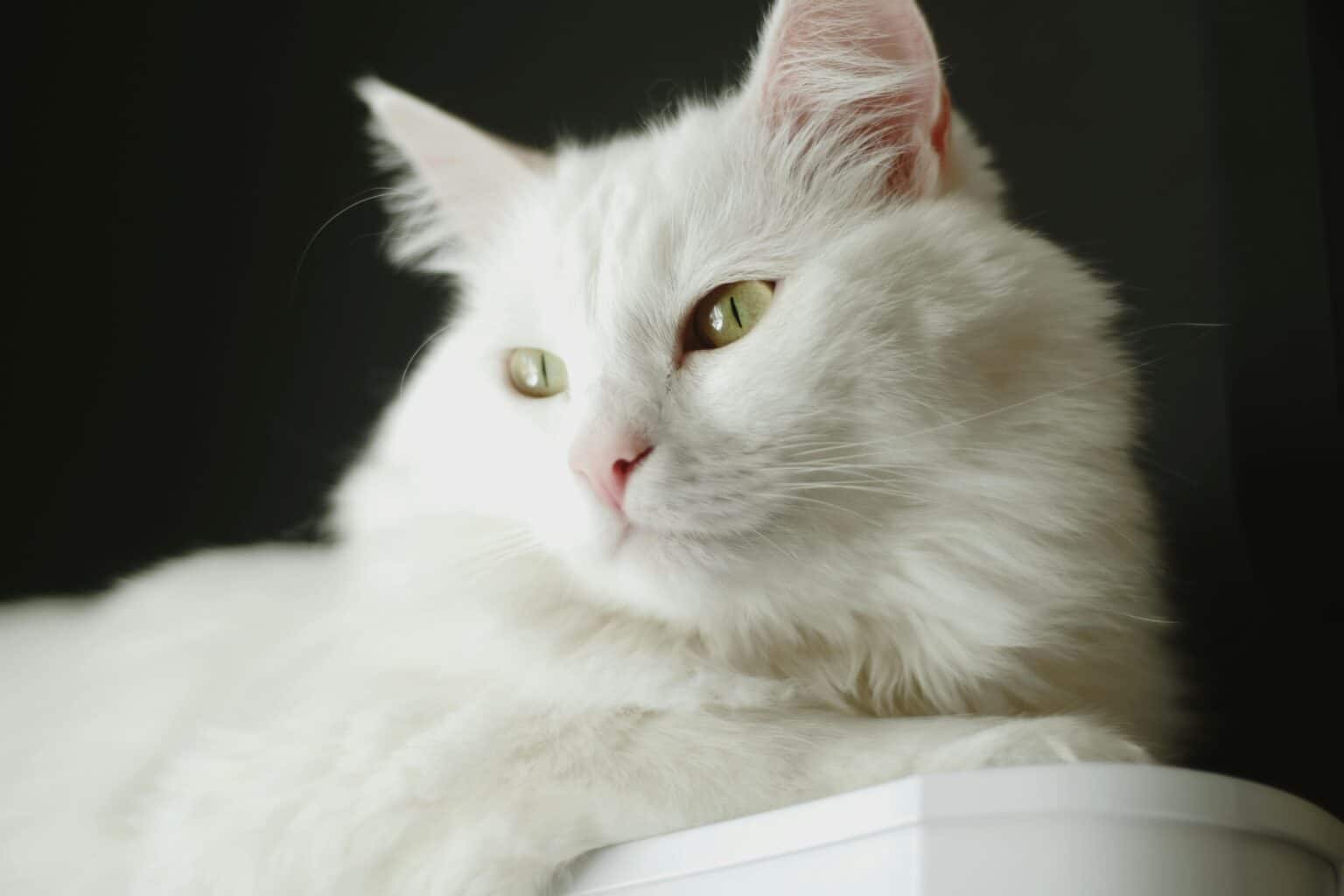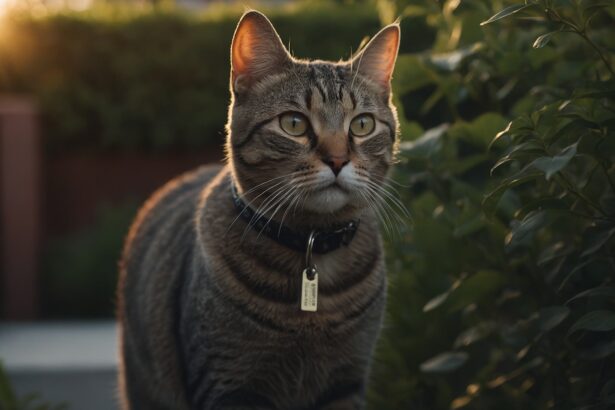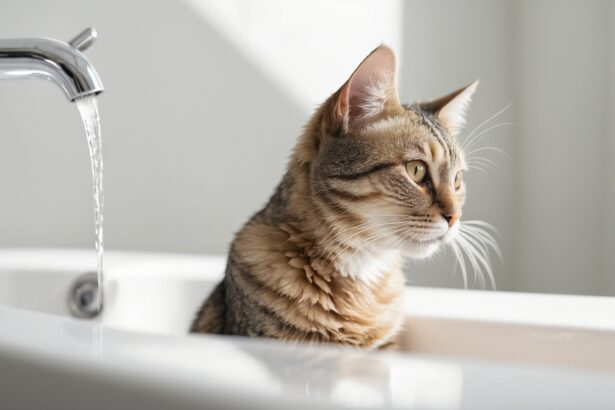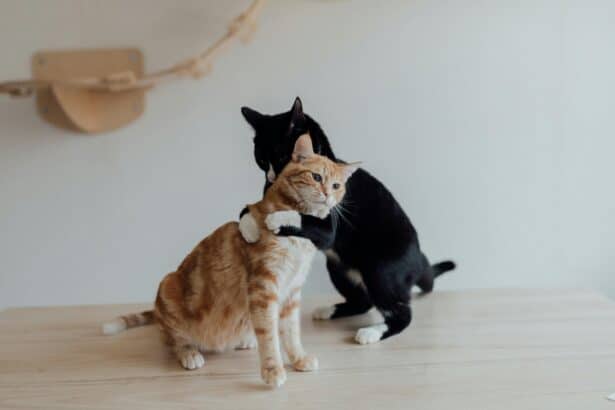Introduction
The first time an Angora cat locks eyes with you, it’s hard not to melt. Silky plume tail, ballerina grace, and a gaze that could read your thoughts—what’s not to love? This guide helps you understand who they are, how to care for them, and whether this elegant feline fits your home.
We’ll explore their Turkish roots, their unique look and personality, and practical care that keeps that cloud-soft coat at its best. Ready to fall for a cat that’s equal parts featherlight and strong-willed?
History and origins
From Ankara to your sofa
The Angora cat—more precisely, the Turkish Angora—originates from Ankara (formerly Angora) in Turkey. Beloved for centuries, they were treasured in royal courts and carefully preserved in Turkish breeding programs.
White Turkish Angoras, in particular, were protected at the Ankara Zoo to safeguard the breed’s hallmark elegance and refined type. That heritage is why today’s Angora still looks so effortlessly aristocratic.
A timeless icon
By the 17th century, these cats had charmed their way into Europe, where nobles adored their refined coats and slender silhouettes. The fascination never really stopped; it simply went global.
Modern Angoras remain rare gems: graceful, athletic, and quietly confident. If you appreciate classic beauty with a witty streak, you’re in the right place.
Physical characteristics
How to recognize a Turkish Angora
- Body: Sleek, medium-sized, with long, fine-boned legs and a plume-like tail.
- Head and eyes: A gently wedge-shaped head with large, expressive, slightly almond eyes—blue, green, gold, amber, or odd-eyed.
- Ears: Large and upright, adding to their alert, elegant expression.
Surprising detail: despite that flowing look, the Turkish Angora typically has a fine, single coat (not a dense undercoat). That airy texture gives them their floating, silky fall and helps reduce matting when well maintained.
Want to refine your routine and tools? Explore this expert-friendly guide to cat grooming that actually works.
That famous coat
Color options range from classic white to black, blue, cream, tabby, smoke, and more. Seasonal shedding can make the coat appear fuller in winter and lighter in summer.
- Texture: Fine, silky, flowing—glossy rather than fluffy.
- Maintenance: Gentle, consistent brushing keeps the shine and prevents small tangles.
- Bonus: A light weekly comb-through usually beats a marathon brushing session.
Temperament and everyday life
What they’re like at home
Angoras are affectionate, bright, and curious—often choosing a favorite person. They like to be involved: if you’re cooking, they’ll supervise; if you’re reading, they’ll edit (by walking across the page, naturally).
They’re playful and learn quickly, so puzzle feeders, clicker games, and gentle training are ideal. They’re social, too, and don’t love long lonely days without interaction.
Curious about life stages and needs? You can calculate your cat’s age in human years to tailor enrichment and care.
With kids and other pets
Most Angoras do well with respectful children and friendly pets when introduced slowly. They tend to be confident and adaptable but appreciate calm spaces to retreat.
- Provide vertical perches and hideaways.
- Introduce new friends gradually, rewarding calm behavior.
- Use play to build positive associations.
Health and care
Grooming and daily care
- Brushing: 2–4 times weekly with a wide-tooth comb or soft pin brush; daily during seasonal sheds.
- Bathing: Only when truly needed; their coat usually stays clean with regular brushing.
- Diet: High-quality, protein-forward nutrition to keep coat glossy and muscles lean.
- Enrichment: Climbing trees, interactive play, and brain games suit their athletic, clever nature.
Thinking of bringing one home? Read how to choose a pedigree cat responsibly to avoid heartbreak and support ethical breeding.
Common health considerations
Like all cats, dental disease can crop up without routine care, and weight gain can sneak in if playtime dwindles. Regular vet checks help you spot issues early.
White, blue-eyed or odd-eyed Angoras can be prone to congenital deafness—sometimes in one ear—so at-home sound checks and vet evaluation are wise. Keep ears clean and monitor for any directional hearing quirks.
Prevention matters, too. Keep parasites at bay with vet-approved products and good hygiene. Here’s your essential refresher on protecting cats from worms.
Pro tip
Keep a fine-mist spray bottle with water and a few drops of pet-safe, leave-in conditioner. Lightly spritz your comb (not the cat) before brushing—this tames static, loosens tiny knots, and adds shine without overwetting.
Mistake to avoid
Shaving the coat “for summer” is usually unnecessary and can disrupt temperature regulation and sun protection. Instead, brush more often, add cool resting spots, and provide airflow to help your Angora stay comfortable.
Fun fact
“Angora” doesn’t just mean cats—there are Angora goats and Angora rabbits, too. The Turkish Angora’s preservation was so valued that dedicated breeding at the Ankara Zoo helped keep the breed’s elegance intact.
Is the Angora right for you?
Choose the Angora if you love a companion who watches, learns, and participates in your day. They’re loyal without being clingy, playful without chaos, and stunning without being high-maintenance—when you keep up simple routines.
Comparing breeds for temperament or grooming needs? The cold-weather-chic Siberian cat is another wonderful option to explore.
FAQ
Are Angora cats hypoallergenic?
No cat is truly hypoallergenic. However, the Angora’s fine single coat may shed less undercoat than some breeds. Regular grooming and home cleaning can help reduce allergens.
How often should I brush a Turkish Angora?
Two to four times per week works for most; daily during seasonal shed. Use a gentle pin brush or wide-tooth comb and keep sessions short and pleasant.
What’s the difference between Turkish Angora and Persian?
Angoras are sleeker with a silky, flowing single coat and a more athletic build. Persians are cobby, with round faces and a dense, long double coat requiring heavier grooming.
Are white, blue-eyed Angoras always deaf?
Not always, but the risk is higher. Some are deaf in one ear only. Ask your vet for a hearing check, especially if you notice weak responses to sound on one side.







